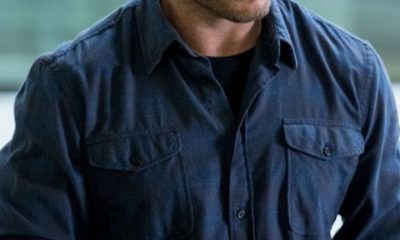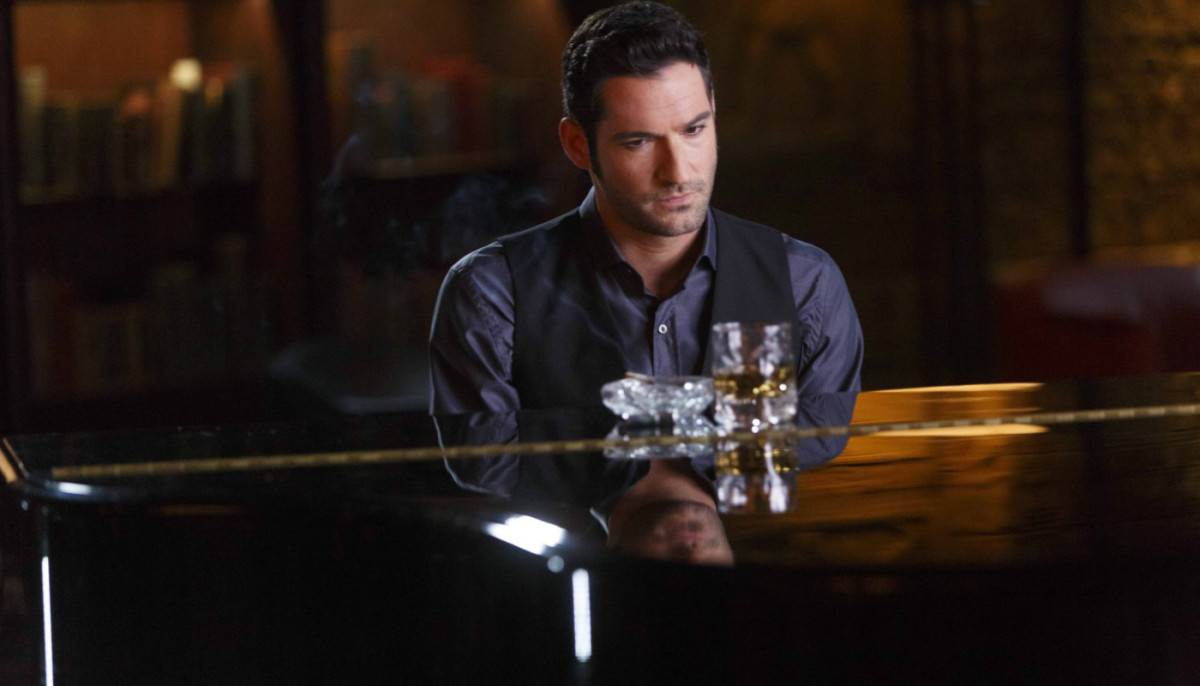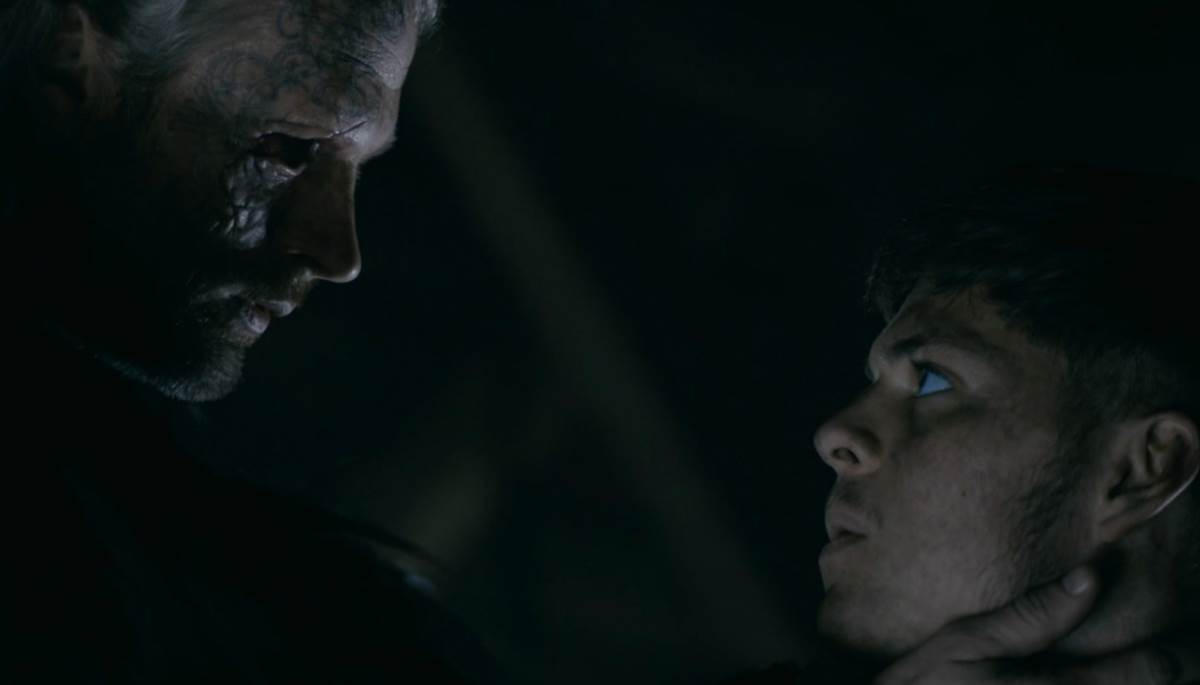Netflix has made itself a name in last-minute resurrections, beloved revivals and other repurposing of our rich TV history. For “Arrested Development,” fans just wanted more — and felt the series wasn’t quite finished, over its FOX seasons. “Fuller House” serves adults who felt so nostalgic for the TGIF sitcom and their decade that they wanted to see the grown-up family again. “Gilmore Girls” is its own whole thing.
And while “One Day at a Time” doesn’t necessarily have that broad base or social presence, Netflix is making sure the classic gets just as much love with its modern reboot: They seem to believe, and we have to agree, that it’s the right time — and the right show.
RELATED: Norman Lear & Rita Moreno on bringing ‘One Day At A Time’ to a new America
One of Norman Lear’s legendary sitcoms, the original “One Day at a Time” starred Valerie Bertinelli as a divorced mom raising her daughters, with handyman Schneider chiming in. The Netflix version stars Justina Machado as a divorced mom raising a teenage daughter and son, with the help of her own mother (Rita Moreno). There is still a Schneider — but a very different one (Todd Grinnell)!
Gloria Calderon Kellett is the showrunner for Netflix’s 13-episode “One Day at a Time,” shot multicamera in front of a studio audience. The Cuban-American family deals with modern issues: Penelope (Machado) returning from military service, her daughter Elena (Isabella Gomez)’s quinceanara, immigration, religion and more. Screener spoke with Kellett in person about the new series — and exactly how representation — of a country that looks more like our real one — is not just vital but can be fun, too.
Screener: How did you get involved with “One Day at a Time”?
Brent [Miller], Norman’s producing partner, had the idea of doing this reimagining. And so they came to Mike [Royce] and I… We were arranged by Norman. Norman introduced Mike and I, and thought that we could together come up with something. I really just had a meeting with Norman where he asked me about my family.
I’m Cuban, my parents came here when they were 15 years old not knowing a word of English, they’re a huge part of my family. He just had me talk about my family, and said, “That’s it. That’s what I want to do.” I’m not what people think when they think of Latino — which is strange, because I’m 100% Latino. So to be able to invite people into my living room… The Penelope character’s loosely based on me, the Rita [Moreno] character is based on my mom, the kids are really an amalgam of Mike’s kids: That’s the family.
Had you ever thought of your family as a sitcom? Outside of this.
Absolutely! Yes, because my father is still alive, and he’s an incredible character so I’d love to still write something with him at some point. There’s still a lot. There’s so many rich stories in my family that I have yet to tap — but it’s so nice to be able to focus on the mother/daughter stuff in this. It’s such a love letter to my mom.
Did you have a quinceanera?
I did not. I was like Elena. That’s the story I told Norman in our first meeting. I read about it, and I was in a very feminist state. I was like, “We’re not doing it. Sounds like a coming out party. I don’t want to do it.” My mom was like, “It’s just a party. Relax. That’s all old school. That’s not what it’s about anymore.” And I didn’t want to do it. I feel badly because all of the cousins after me did not have one… So I stared a trend of not doing it. I’m curious if my daughter will want to have one. We’ll see.
Was having it in the show sort of your way of apologizing for not doing it?
…I did okay! So they’re incredibly proud, my parents — but it was certainly a way of getting to have that. We have the quinceanera at the end [of the season], and my parents were there, they’re extras in that scene, so it was like Hey, this is the quinceanera I never had.
Did you want to address themes that are still difficult for any families?
Any family, yes. There’s things that are organic and specific to this family, because they’re Cuban so we talk about those things, but we also definitely talk about things that just hit the family. Not even the American family — I think the family unit. We have a whole episode about pornography on a computer, which is something that kids deal with today. How do you talk to them about that? It’s frightening, what they’re seeing, or what they can see, and having a real conversation about that kind of stuff in a way that is thoughtful and hopefully helpful to start conversations…
And immigration?
And immigration, we talk about, of course. And veteran issues — which, Norman is a veteran, so it was very important to him that we include that, and we’re so glad we did.
How does having the grandmother in the house change that “One Day at a Time” dynamic?
For me, it’s just really true to my life. My parents are at my house every day: My mom is with my son right now, they dropped my daughter off at school for me… That’s a very Latino thing, to have your big family, a lot of family around, [and] it’s not just Latinos that are big on family dynamic. So for me, the truth of my life and my story, is that: It’s having my mother there a lot. I mean, she packed my bag to come here, overnight! That’s organic to me, and that’s where it lends to storytelling.
Are there going to be more flashbacks to her life in Cuba?
Possibly. I think we would like to do that more, yes. We would like to do more of those flashback things — but we haven’t thought that far ahead yet.
RELATED: Star Justina Machado on Norman Lear’s ‘One Day At A Time’ remake
Was Schneider’s mustache a big conversation?
Schneider was the hardest character to cast, because the original was so iconic. Pat Harrington was kind of the first wacky neighbor. We thought really hard about what we wanted to do, what would be the right foil for this family and what would start those great Norman Lear conversations. We thought “really handsome, white, privileged, well-meaning liberal” would be great. He’s so lovable and easy to adopt. The mustache was Norman’s idea: To do a little wink — and then immediately it’s not that guy!
Did you have to make some references to Porto’s?
Well, I go to Porto’s all the time, that’s again organic. It would be insane not to. If they’re Cuban, we claim it. We’re very proud of Porto’s! It’s delicious!
Are there any original episodes of “One Day at a Time” that you could adapt?
We really only watched the first few, and then we decided we had so many stories we wanted to tell. But the second episode of the original series, and the second episode of ours, are both about sexism. That one was how they were dealing with it in 1975, and ours is how you deal with it today. So that’s kind of a fun one for people to watch back to back, if they’re curious about how they dealt with it then and how we’re dealing with it now.
I have some friends who don’t believe mansplaining is a thing. Maybe they protest too much, but can demonstrating what mansplaining is, dramatically, get through to people like that?
I hope so! I hope they can start to see like, “Oh, I guess I do do that sometimes.” Todd does such a beautiful job of showing us that — not in a mean way, in a well-meaning way. He’s not a jerk about it. Sometimes people do things, I included, we don’t know we’re being offensive and we are. Until we learn that we are, and then go, “Oh.”
Just a few years ago, one of my girlfriends who is Chinese American taught me that “oriental” refers to things, not people. When I was growing up, I didn’t know that! It’s so great to be educated, to hear “You don’t call a person oriental, you call a rug oriental.” It’s great to have those conversations — growing up, I wouldn’t have known that, until somebody told me. So this is just to get the conversation out there and educate one another in a warm way, making you laugh.
What did Pam Fryman directing the first two establish what the series would be?
Well, I worked with Pam on 64 episodes of “How I Met Your Mother.” Anyone who works with her will tell you what an absolute dream she is. There is a sense of calm. There is a sense of being taken care of and being supported that Pam brings to the table that is just like no other. A family cannot help but form, because she brings all of her maternal love, strength and support to everything that she does. She did our first two, and our last two, and you can just feel it. She set us up, and took us out. It was such a beautiful way to bookend Season 1 for us.
Do you expect people to watch all 13 in one go?
However they want to do it. I think it would be fun to do it, we’ve had a couple of reporters that have done it and I’m like, “How did that go?” They were like, “It went pretty good.” Wow, that’s a lot! That’s like six hours!
Take two days. Take a weekend. Give yourself a Friday, Saturday, Sunday…
“One Day at a Time,” Season 1, is available now on Netflix.
Source link



 Movies News4 years ago
Movies News4 years ago


 Celebrities8 years ago
Celebrities8 years ago


 Movies News8 years ago
Movies News8 years ago


 Celebrities7 years ago
Celebrities7 years ago










